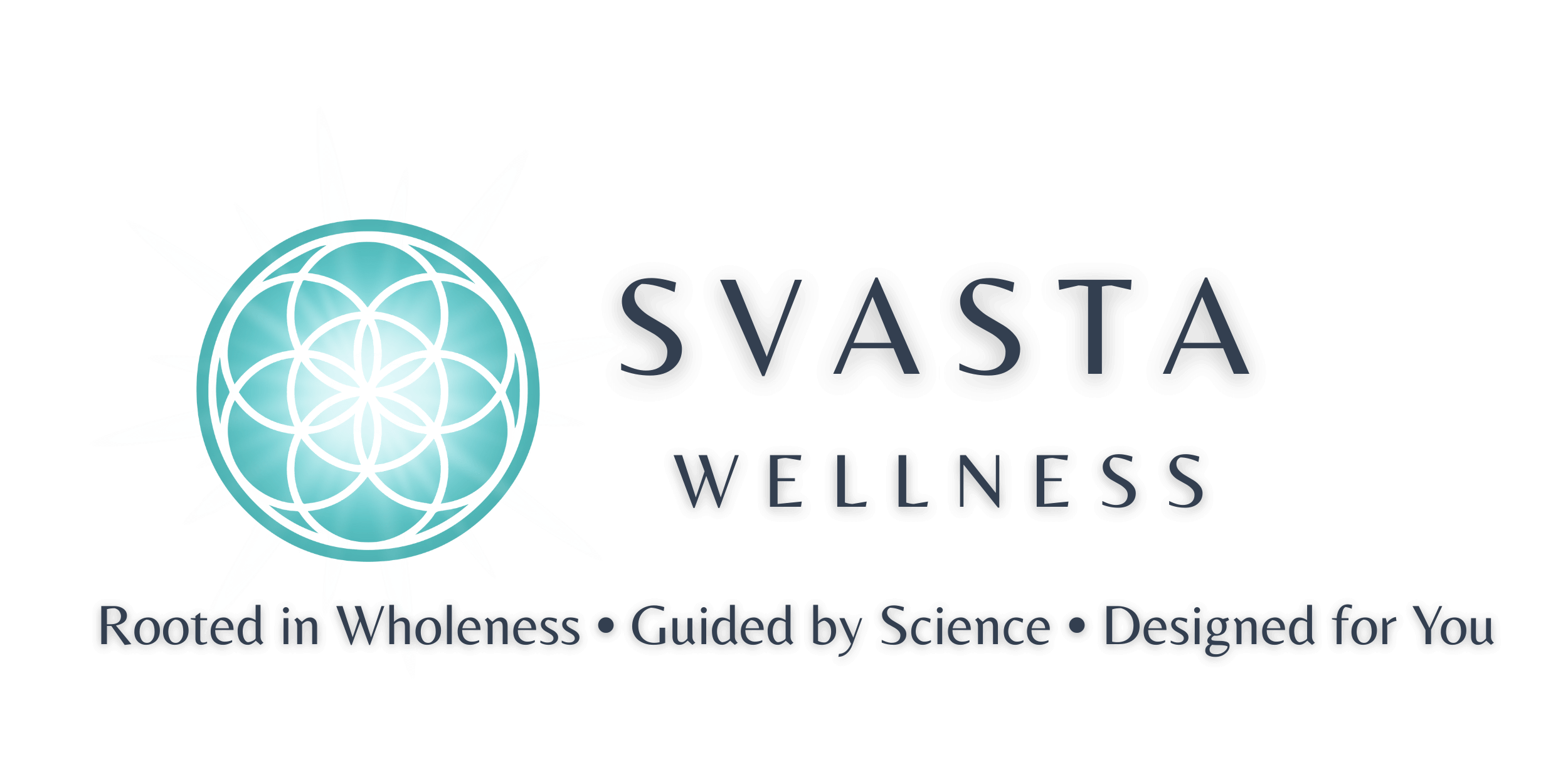

If you’re in your 40s and beyond and still trying to “burn calories” with long cardio sessions, it’s time to rethink the strategy.
In midlife, the goal isn’t just to stay active, it’s to stay strong, resilient, and metabolically supported. And for that, strength training isn’t optional. It’s essential.
This isn’t about bulking up. It’s about building the kind of muscle that protects your metabolism, balances your hormones, supports longevity, and helps you feel powerful in your own body.
What’s Really Happening to Your Muscles After 40
Muscle Mass Naturally Declines with Age
Starting around age 40, women can lose up to 1–2% of muscle mass per year if strength training isn’t part of their routine [1].
- Less muscle = slower metabolism
- Greater risk of insulin resistance
- Decreased bone density
- Reduced functional strength
This loss, known as sarcopenia, accelerates during perimenopause and menopause due to declining estrogen levels [2].
Muscle Is Metabolically Active Tissue
Muscle burns more calories at rest than fat. More importantly, it helps regulate blood sugar and improves insulin sensitivity, both of which are critical for maintaining energy and healthy body composition.
Strength Training Also Protects Your Bones
Weight-bearing exercise is one of the most effective tools to stimulate bone formation and prevent osteoporosis, which becomes a greater concern post-menopause 333.
The Benefits of Strength Training for Midlife Women
- Boosts metabolism and supports healthy weight maintenance
- Preserves lean muscle mass and strength
- Improves mental clarity and focus
- Lowers risk of type 2 diabetes, heart disease, and dementia
- Reduces stress, improves mood, and increases confidence
- Supports better sleep and recovery
And, when done right, it’s time-efficient, deeply empowering, and age-defying.
How to Strength Train the Smart Way in Midlife
1. Train 2–4x per Week with Progressive Overload
Focus on full-body strength sessions using moderate to heavy resistance (relative to your fitness level).
- Include compound movements: squats, presses, rows
- Aim for 6–10 reps, 2–4 sets, with rest in between
- Gradually increase weight or reps over time
2. Prioritize Form Over Intensity
Avoid injury and build strength that supports everyday movement. Start slow and build up gradually over time.
- Quality > quantity
- Work with a coach or program if you’re new to lifting
3. Don’t Skip Recovery
Muscles grow and strengthen during rest, not just during the workout. Proper recovery is essential for muscle strength.
- Space out strength days giving yourself at least 1-2 days of recovery
- Prioritize sleep, hydration, and protein intake.
4. Pair Strength with Mobility & Nervous System Support
- Stretch, foam roll, and move gently between strength days
- Keep your nervous system balanced to avoid burnout or overtraining
5. Track Your Progress
You don’t need to obsess over the scale.
- Track how much weight you’re lifting, how many reps you’re completing, or how you feel in your body
- Celebrate strength gains - mental and physical
Conclusion
You can build muscle at any age and become stronger, more capable, and more energized than ever before.
Strength training is your secret weapon, it rewires your metabolism, supports your hormones, protects your bones, and rebuilds your confidence.
✨ Not sure where to begin, or how to adapt strength training to your midlife body and lifestyle?
Schedule Your FREE Discovery Call and learn how The Svasta Method integrates movement, mindset, and metabolism to help you thrive—stronger than ever.
References:
- Mitchell WK, et al. Sarcopenia, dynapenia, and the impact of advancing age on skeletal muscle. Front Physiol. 2012;3:260.
- Messier V, et al. Menopause and sarcopenia: A potential role for estrogen. Maturitas. 2011;68(4):331–336.
- Zhao R, et al. The beneficial effects of exercise on bone density and strength in postmenopausal women: A meta-analysis of randomized controlled trials. Osteoporos Int. 2015;26(5):1605–1618.


















0 Comments